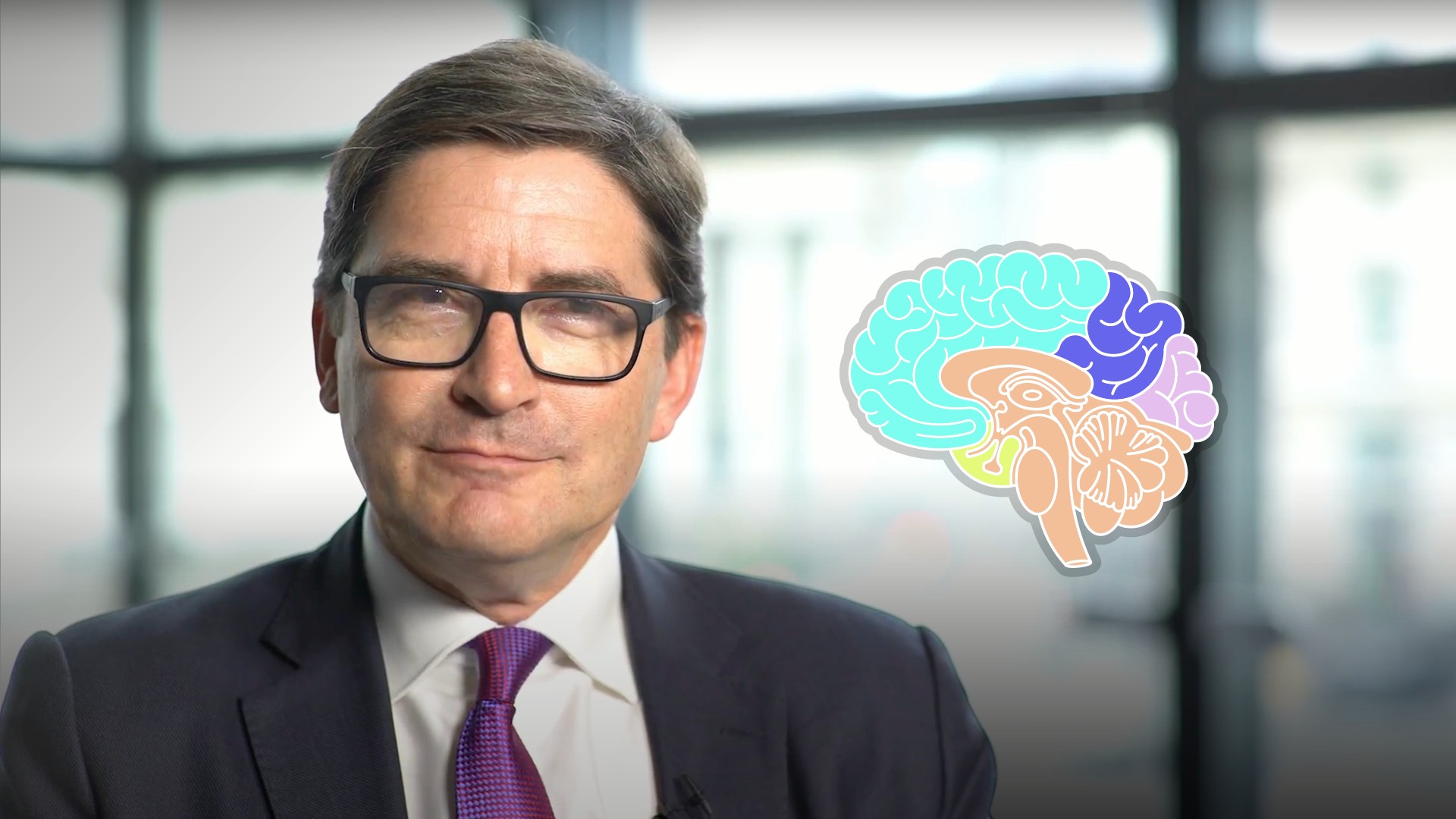
Behaviorial Science Foundation of Conduct Regulation

Roger Miles
25 years: Behavoural science & conduct
The history of regulation is built on the idea that if people listen to instructions with their rational brain, they’ll behave better. Meanwhile, in reality, people are using their animal brains to make decisions. In this video, Roger explains concepts featured in behavioural science and why regulators are using this field to inform policy decisions.
The history of regulation is built on the idea that if people listen to instructions with their rational brain, they’ll behave better. Meanwhile, in reality, people are using their animal brains to make decisions. In this video, Roger explains concepts featured in behavioural science and why regulators are using this field to inform policy decisions.

Behaviorial Science Foundation of Conduct Regulation
13 mins 51 secs
Key learning objectives:
Understand heuristics and biases
Learn the basics of behavioural science
Overview:
Conduct regulators get their ideas from the studies of how humans actually behave. This is called Behavioral Science. They study the different parts of our brains and how it leads to the decisions we make.
What is Behavioural Science?
Behavioural scientists concern themselves with what actually happens when people interact. This is not to say they study what the rules say should be happening, rather behavioural scientists want to see how people actually interact, and why they don't always follow what the rules lay down. This means we spend a lot of time understanding things like bias effects, dual system theory, which you might know better as thinking fast and slow, animal brain versus rational brain, and why groups of people can behave differently from individuals, and how decision making can be compromised by overconfidence, emotion and group think. In some jurisdictions, regulators are already walking the floors of financial institutions and asking front office staff questions trying to understand behaviour and conduct, and they will scientifically analyse the answers they get for signs of misbehaviour.
Very often people who design rules and controls and risk analysis behave as if it's all about the numbers. If the statistics are the only thing you are looking at, then you will tend to miss the point that the stats are driven by actual human behaviour, and then you'll never get a realistic picture of what is actually happening. And of course the regulators realised this in about 2013 and realised that trying to control behaviour by rational instruction doesn't work because that's not how the human brain actually works. Just appealing to logic and rationality is not an effective way to change human behaviour.
How do heuristics and biases affect us?
The history of regulation is very much built on the idea that if only we can get people to listen to enough instructions with their rational brain, they’ll behave better. But meanwhile in real life, real people are busy letting their animal brains do the driving.
Most things in real life follow from this – that’s real life as opposed to idealised regulatory control designs. Everything follows from this starting point: whenever you think you're making a completely rational decision, on some level your animal brain has already taken over, and you don't even know it. The animal brain runs ahead of your rational brain in making decisions. We call the animal brain’s super-fast decision paths heuristics. The animal brain’s decisions are largely based on patterns of thinking that were hard-wired to help keep our tribe safe when mankind was still living in caves. We call these decision effects biases and the good news is, while biases may not be rational, often they are predictable.
The animal brain is a wonderful thing because it uses biases to save the rational brain from needing to calculate every risk we take. In particular, there are 4 everyday situations where your animal brain kicks in and your rational brain tunes out:
- Too much information – we notice prominent details, unusual or memorable events, or simply the last thing that was said; and as a species, we’re dreadfully overconfident, we overestimate how much we understand about what’s actually happening
- Not enough meaning – we fill in the gaps, we overlay patterns from our previous experience, we extrapolate from what happened last time, and again we over-rate our own competence to deal with a situation
- Not enough time – we jump to conclusions, make assumptions, go with our gut instinct
- Not enough memory – we hang on to selective examples; we generalise about what usually happens; we remember and latch on to exciting exceptional things, rather than giving due weight to boring but typical and normal things.

Roger Miles
There are no available Videos from "Roger Miles"

